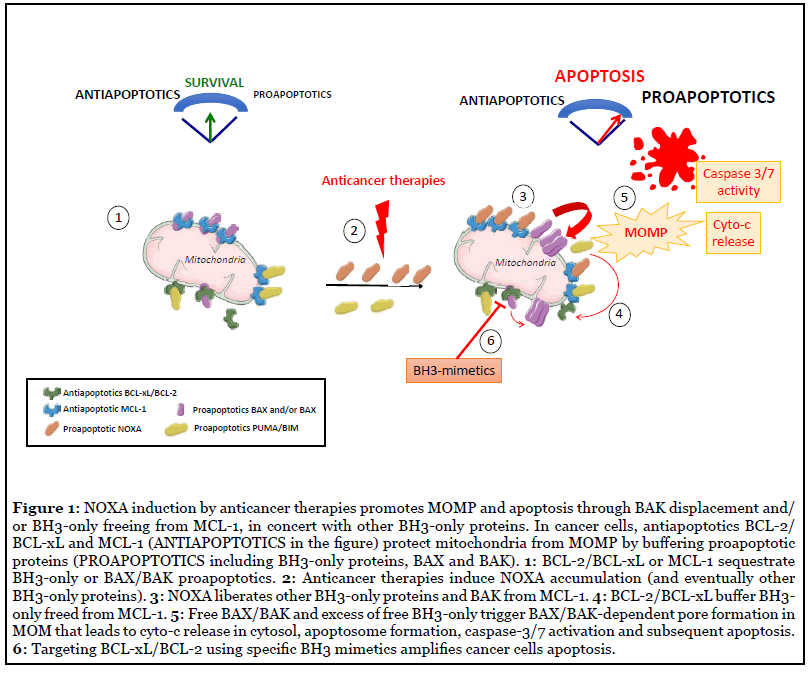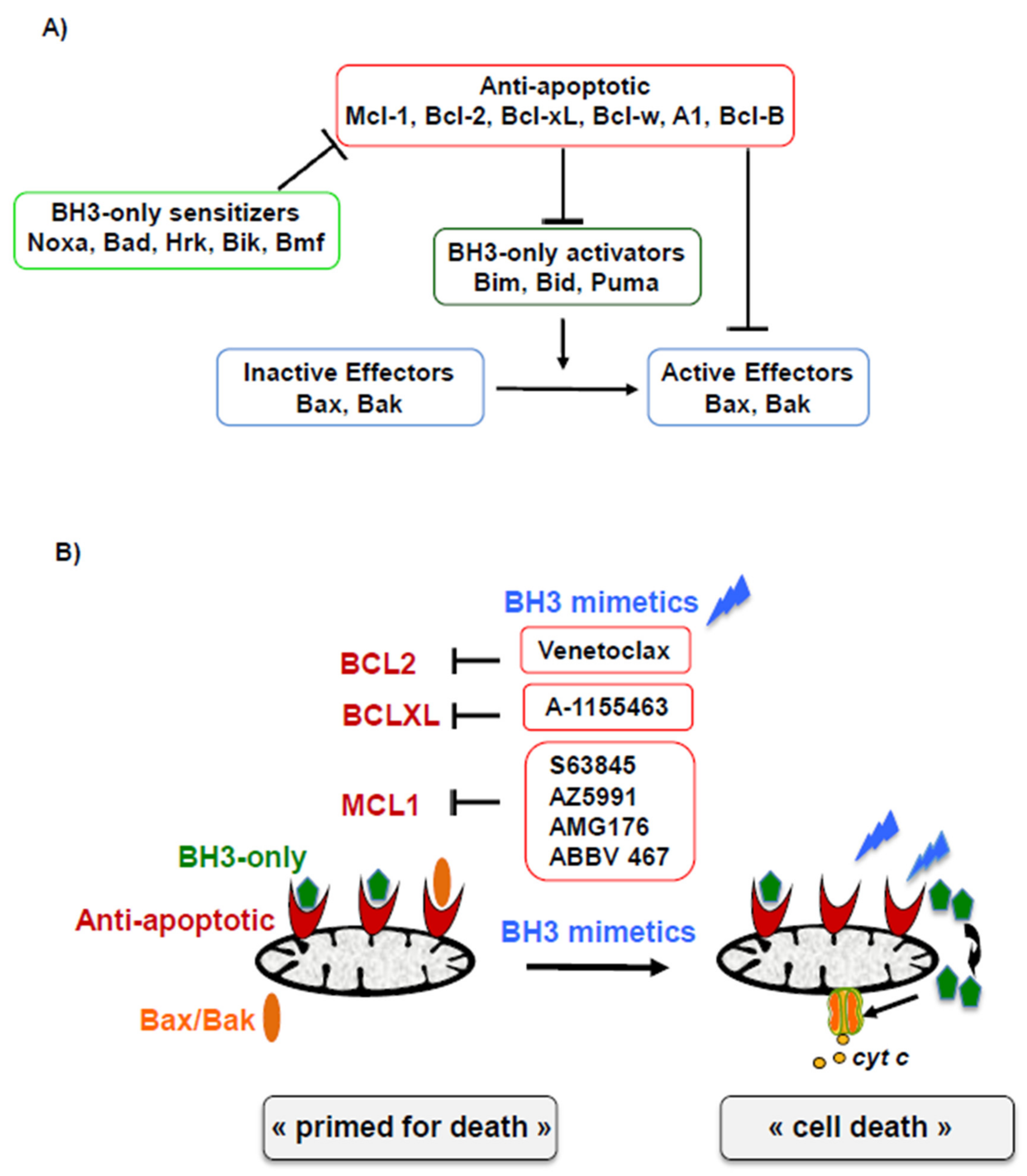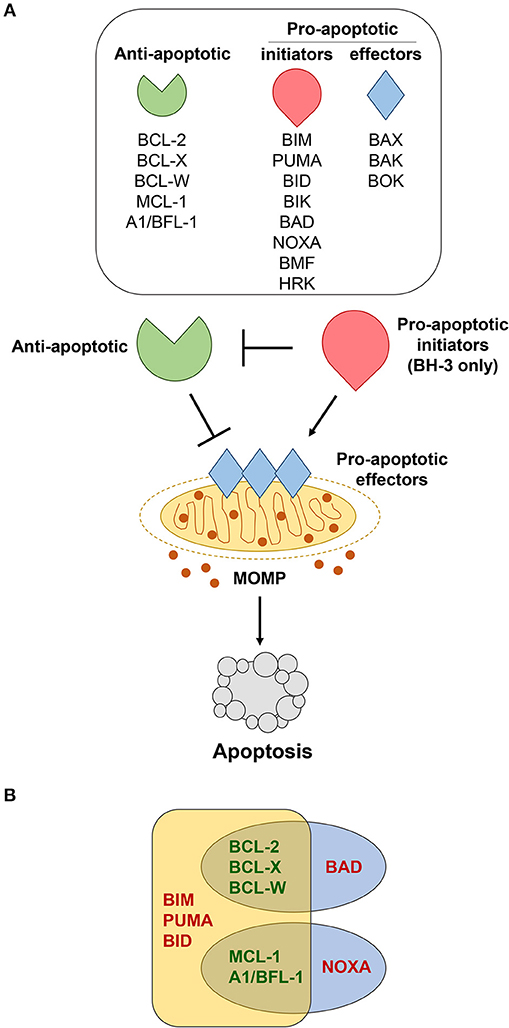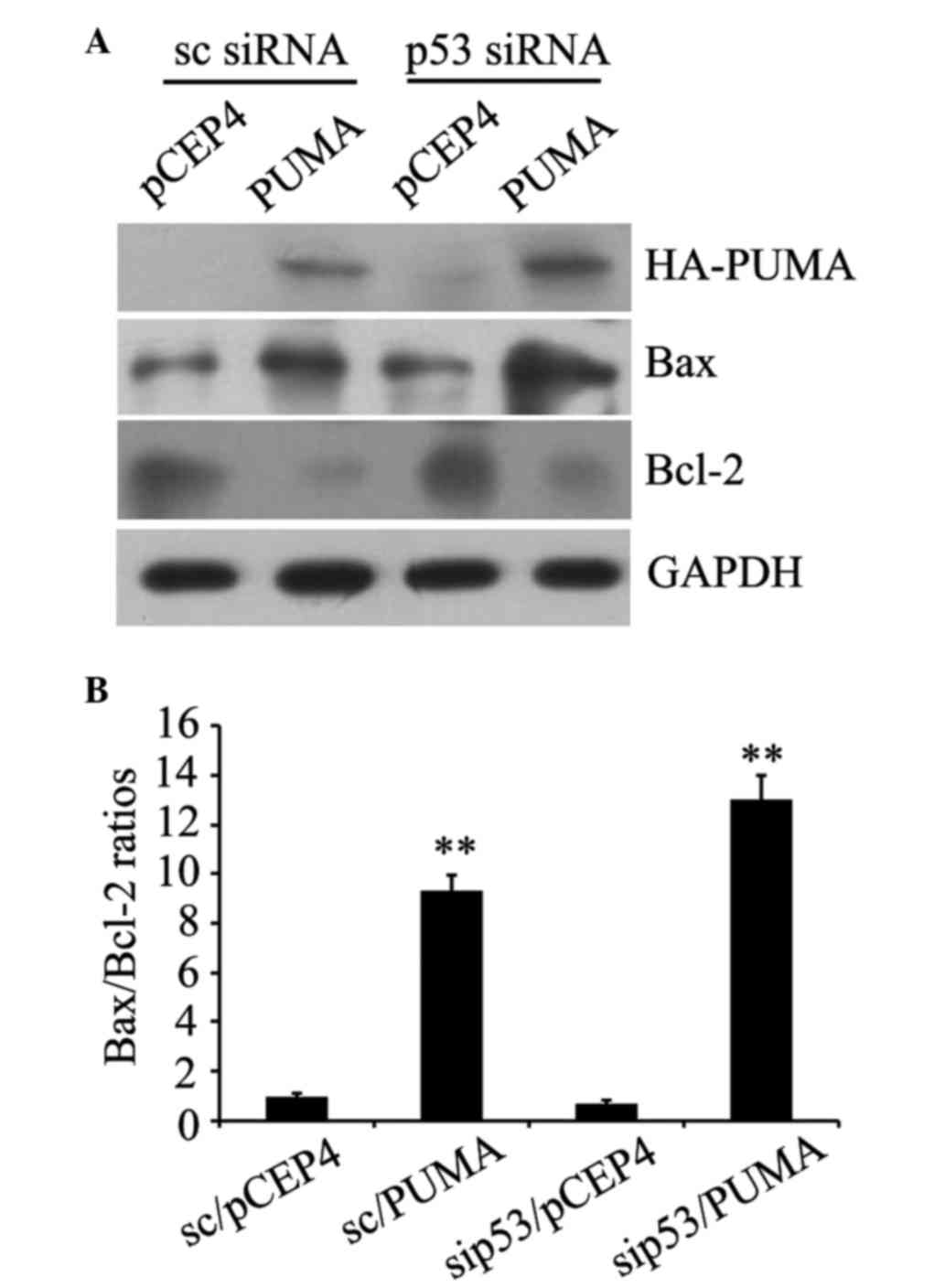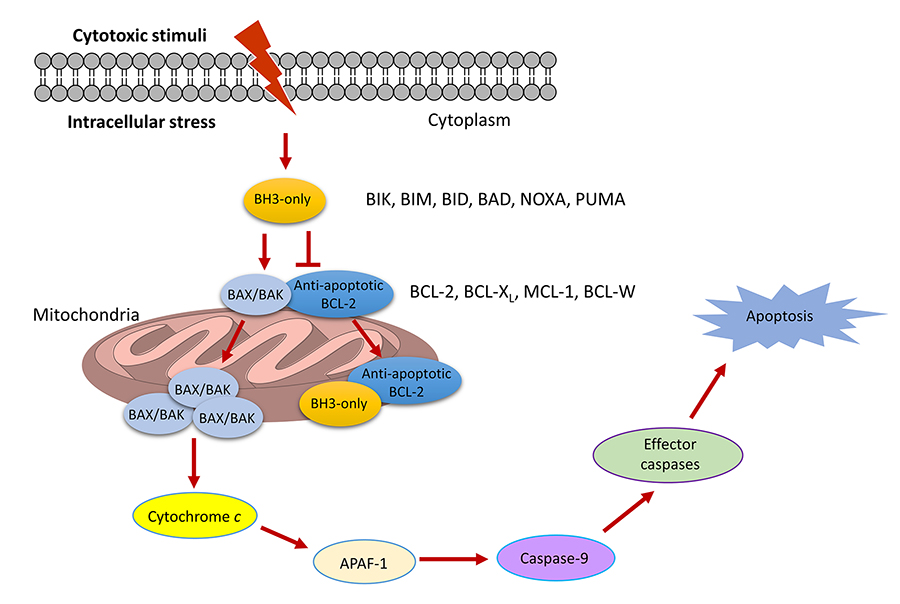PLOS Pathogens: BH3-only sensors Bad, Noxa and Puma are Key Regulators of Tacaribe virus-induced Apoptosis
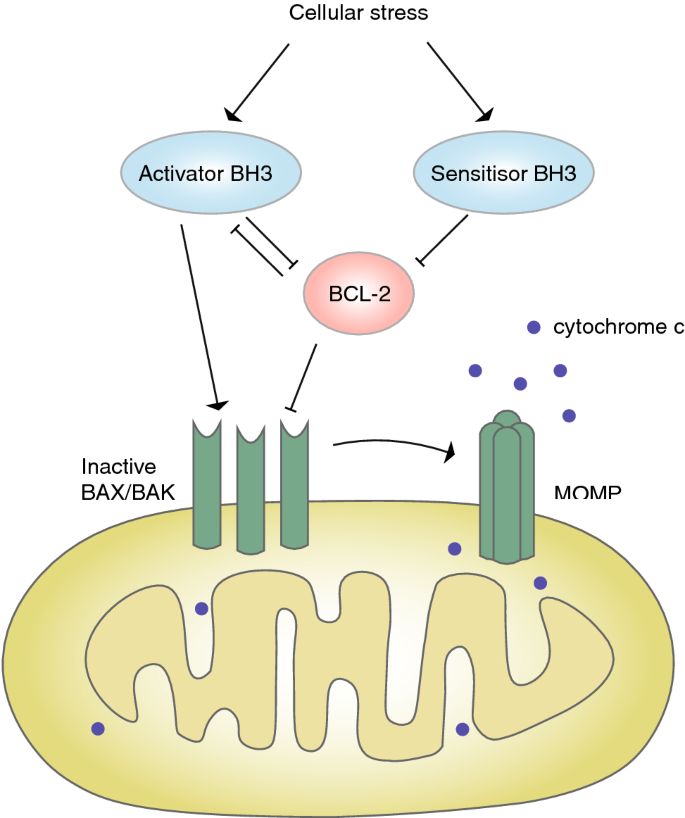
BCL-2 family deregulation in colorectal cancer: potential for BH3 mimetics in therapy | SpringerLink
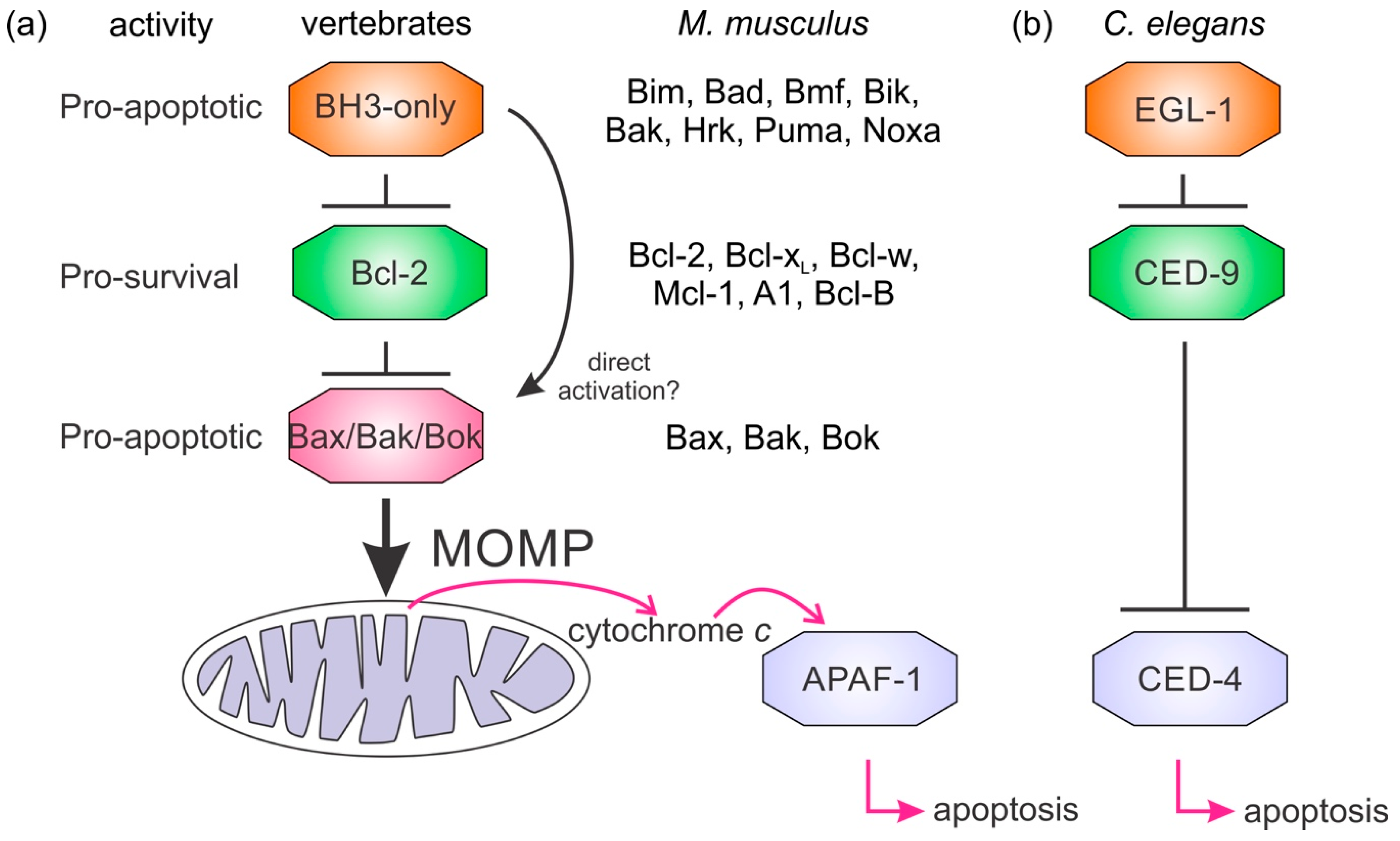
Biomolecules | Free Full-Text | The Bcl-2 Family: Ancient Origins, Conserved Structures, and Divergent Mechanisms | HTML
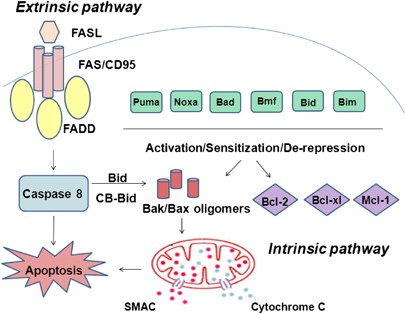
A review of the role of Puma, Noxa and Bim in the tumorigenesis, therapy and drug resistance of chronic lymphocytic leukemia | Cancer Gene Therapy

Multimodal Interaction with BCL-2 Family Proteins Underlies the Proapoptotic Activity of PUMA BH3 - ScienceDirect

A review of the role of Puma, Noxa and Bim in the tumorigenesis, therapy and drug resistance of chronic lymphocytic leukemia | Cancer Gene Therapy
PLOS ONE: Roscovitine-induced Apoptosis in Neutrophils and Neutrophil Progenitors Is Regulated by the Bcl-2-Family Members Bim, Puma, Noxa and Mcl-1
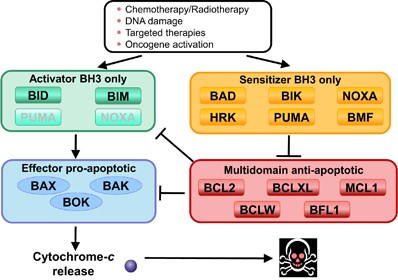
![PDF] PUMA, a potent killer with or without p53 | Semantic Scholar PDF] PUMA, a potent killer with or without p53 | Semantic Scholar](https://d3i71xaburhd42.cloudfront.net/df0653f896452a085247b132ab9d8c9afbe859c2/6-Figure2-1.png)



